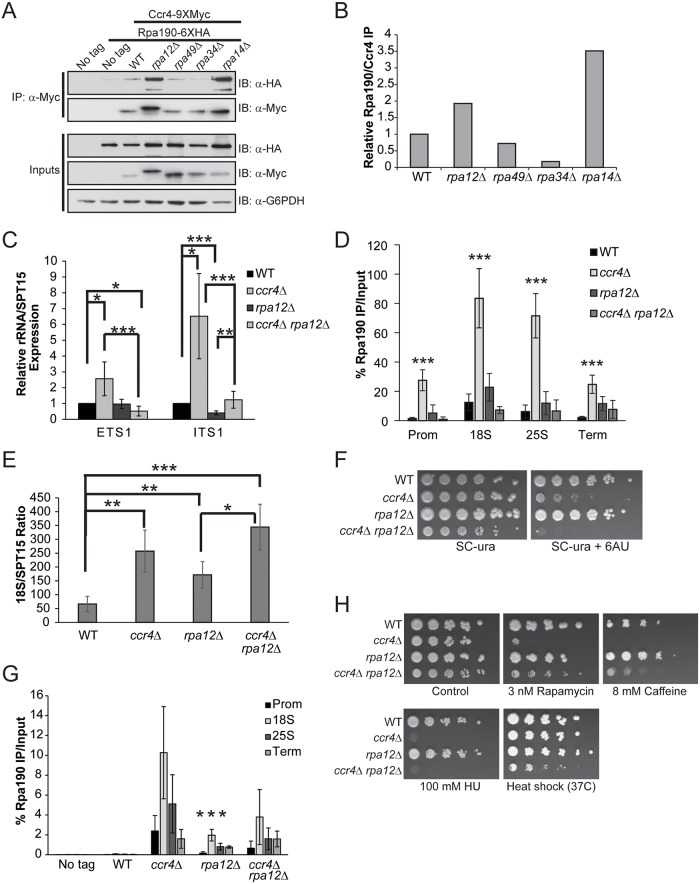Fig 6. Pol I elongation subunits modulate Ccr4-Not interaction and the sensitivity of Ccr4-Not mutants to mTORC1 inhibition.
(A) Pol I elongation mutants were generated in the Ccr4-9XMyc Rpa190-6XHA background and the amount of Pol I associated with Ccr4 determined by α-Myc immunoprecipitation. (B) Quantification of immunoblots from (A). The amount of Rpa190 co-immunoprecipitated was normalized to the total amount of Ccr4 present. WT was set to a value of 1 and the individual Pol I deletion mutants were expressed relative to WT. Data are representative of four independent experiments. (C) Expression of ETS1 and ITS1 was quantified in WT, ccr4 Δ, rpa12Δ, and ccr4Δ rpa12Δ cells cultured in nutrient rich media. Data are the average and SD of five independent experiments. (D) Duplicate experiments from (C) were utilized for Pol I ChIP. Data are the average and SD of four independent experiments. (E) The 18S/SPT15 ratio for the indicated strains was determined. The average and SD of four independent experiments are presented. (F) Sensitivity of Ccr4 and Rpa12 mutants to the transcription elongation inhibitor 6AU. Wild-type and the indicated individual or double mutant strains were spotted to SC-ura or SC-ura containing 15 μg/mL 6AU and incubated for six days. (G) Wild-type and the indicated mutants from (F) were cultured to log phase in nutrient rich media and treated with 15 μg/mL 6AU for 20 minutes before performing α-Pol I ChIP. Four independent experiments were performed and the average and SD plotted. Asterisks indicates a significant reduction of Pol I promoter binding in rpa12Δ relative to ccr4Δ (H) Impairing Pol I activity rescues sensitivity of ccr4Δ to mTORC1 inhibition. The indicated strains were cultured overnight in YPD and then equal numbers of cells were 5-fold serially diluted and spotted to control (YPD) plates or plates containing the indicated concentration of mTORC1 (rapamycin or caffeine) or DNA replication (hydroxyurea) inhibitor. Plates were incubated at 30°C or 37°C for four days. *- p< 0.05; **- p< 0.01; ***- p< 0.005. Student’s t-test determined statistical significance.

